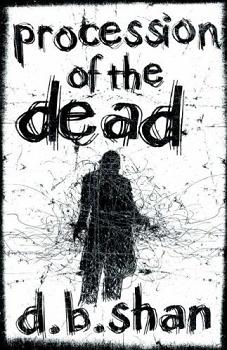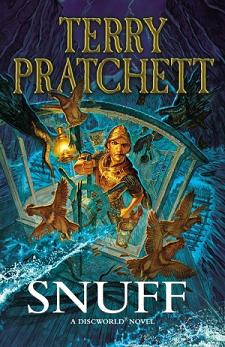John Scalzi is being a bit silly about suspension of disbelief:
“When my daughter was much younger, my wife was reading to her from a picture book about a snowman who came to life and befriended a young boy, and on each page they would do a particular activity: build a snow fort, slide down a hill, enjoy a bowl of soup and so on. The last three pages had the snowman walking, then running, and then flying. At which point my wife got an unhappy look on her face and said ‘A flying snowman? That’s just ridiculous!’
[…]
“So, yeah: In a film with impossibly large spiders, talking trees, rings freighted with corrupting evil, Uruks birthed from mud (not to mention legions of ghost warriors and battle elephants larger than tanks), are we really going to complain about insufficiently dense lava? Because if you’re going to demand that be accurate in a physical sense, I want to know why you’re giving the rest of that stuff a pass. If you’re going to complain that the snowman flies, you should also be able to explain why it’s okay to have it eat hot soup.”
No, no, you don’t.
Suspension of disbelief is a private thing and like all matters of taste cannot be discussed. If you don’t believe in flying snowmen nothing will get you to take them seriously. And while that’s a deliberately silly example, we do this all the time, whether or not it’s drawing the line at vampires that sparkle in the sunshine or at having the Force explained as being caused by socalled midichlorians. Especially when these sort of developments go against the earlier established “rules” of an universe or don’t fit the traditional tone of a (sub)genre, they can be hard to swallow. This also explains why some adaptations of e.g. Sherlock Holmes work and some don’t. The recent modern BBC updating of Holmes worked because it kept the cores of Holmes and Watson intact, but for some people it just won’t work without the Victorian fogs.
But that’s not really what Scalzi was talking about, because his original ire was awoken by a discussion about the realism of the lava at the end of the last Lord of the Rings movie. This is entirely different from not believing in flying snowmen, as this is about something that actually exists in the real world and you therefore can get wrong. Just like there was no reason for sound in space in Star Wars, there was no real reason for the lava to behave wrongly in the LotR movie, save for dramatic reasons. It’s therefore sort of acceptable in this example, but usually this sort of thing is either an error or just pure sloppiness on the part of the writer.
It’s the writer’s job to make their worlds as believable as possible — unless it’s not of course — and these sort of mistakes drop people right out. Even in a fantasy world you need to keep everyday reality straight. One commenter at James Nicolls’ place, quoting C. K. Chesterton, put it best:
“It really is more natural to believe a preternatural story, that deals with things we don’t understand, than a natural story that contradicts things we do understand. Tell me that the great Mr. Gladstone, in his last hours, was haunted by the ghost of Parnell, and I will be agnostic about it. But tell me that Mr. Gladstone, when first presented to Queen Victoria, wore his hat in her drawingroom and slapped her on the back and offered her a cigar, and I am not agnostic at all. That is not impossible, it’s only incredible. But I’m much more certain it didn’t happen than that Parnell’s ghost didn’t appear; because it violates the laws of the world I do understand.”



